How Many Animals Die From Trash In The Ocean
Plastic Pollution Affects Bounding main Life Throughout the Ocean
Photos certificate extent of the impact, which extends to the seafood people swallow
Our ocean and the array of species that call it domicile are succumbing to the poisonous substance of plastic. Examples abound, from the gray whale that died after stranding near Seattle in 2010 with more than than twenty plastic bags, a golf brawl, and other rubbish in its stomach to the harbor seal pup found expressionless on the Scottish isle of Skye, its intestines fouled by a small piece of plastic wrapper.
According to the United Nations, at least 800 species worldwide are affected by marine debris, and as much as fourscore percent of that litter is plastic. It is estimated that up to 13 million metric tons of plastic ends up in the bounding main each year—the equivalent of a rubbish or garbage truck load'due south worth every infinitesimal. Fish, seabirds, sea turtles, and marine mammals tin become entangled in or ingest plastic droppings, causing suffocation, starvation, and drowning. Humans are not immune to this threat: While plastics are estimated to take upwards to hundreds of years to fully decompose, some of them intermission downwardly much quicker into tiny particles, which in turn end up in the seafood we swallow.
The following photos help illustrate the extent of the bounding main plastics problem.
Research indicates that half of sea turtles worldwide accept ingested plastic. Some starve after doing so, mistakenly believing they take eaten plenty because their stomachs are total. On many beaches, plastic pollution is so pervasive that it's affecting turtles' reproduction rates by altering the temperatures of the sand where incubation occurs.
A recent report found that bounding main turtles that ingest but 14 pieces of plastic have an increased risk of expiry. The young are particularly at risk because they are not as selective as their elders almost what they eat and tend to drift with currents, just as plastic does.
Plastic waste kills up to a 1000000 seabirds a year. As with sea turtles, when seabirds ingest plastic, it takes upward room in their stomachs, sometimes causing starvation. Many seabirds are found dead with their stomachs full of this waste. Scientists estimate that 60 percent of all seabird species have eaten pieces of plastic, a figure they predict volition rise to 99 percent by 2050.
While dolphins are highly intelligent and thus unlikely to swallow plastic, they are susceptible to contamination through casualty that accept ingested synthetic compounds.
Plastic in our oceans affects creatures large and modest. From seabirds, whales, and dolphins, to tiny seahorses that live in coral reefs……
... and schools of fish that reside on those same reefs and nearby mangroves.
Plastic waste can encourage the growth of pathogens in the ocean. Co-ordinate to a contempo study, scientists concluded that corals that come up into contact with plastic take an 89 pct chance of contracting disease, compared with a four per centum likelihood for corals that do not.
Unless action is taken presently to accost this urgent problem, scientists predict that the weight of ocean plastics will exceed the combined weight of all of the fish in the seas by 2050.
Simon Reddy directs The Pew Charitable Trusts' efforts to forestall bounding main plastics.
Additional Resources
MORE FROM PEW
Source: https://www.pewtrusts.org/research-and-analysis/articles/2018/09/24/plastic-pollution-affects-sea-life-throughout-the-ocean
Posted by: gurleygracts1948.blogspot.com

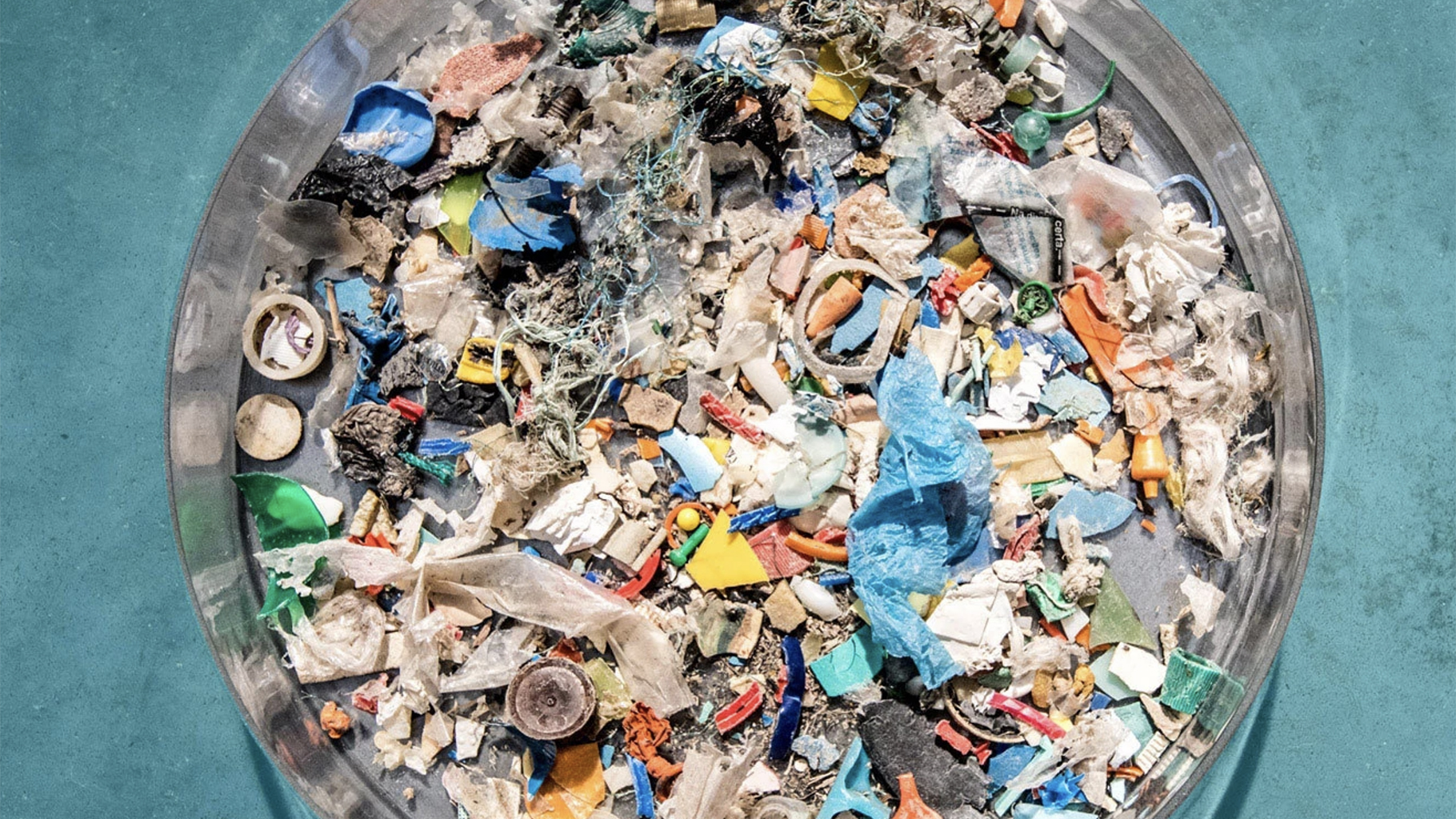
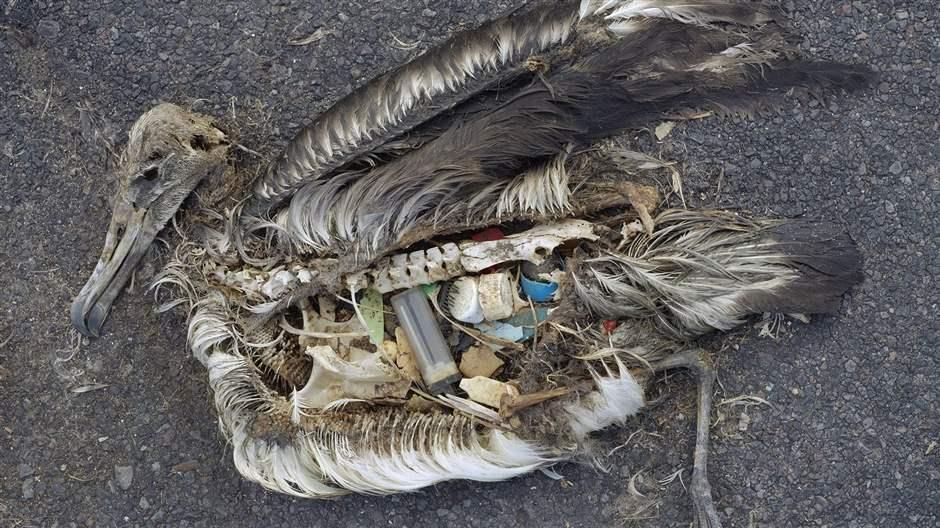
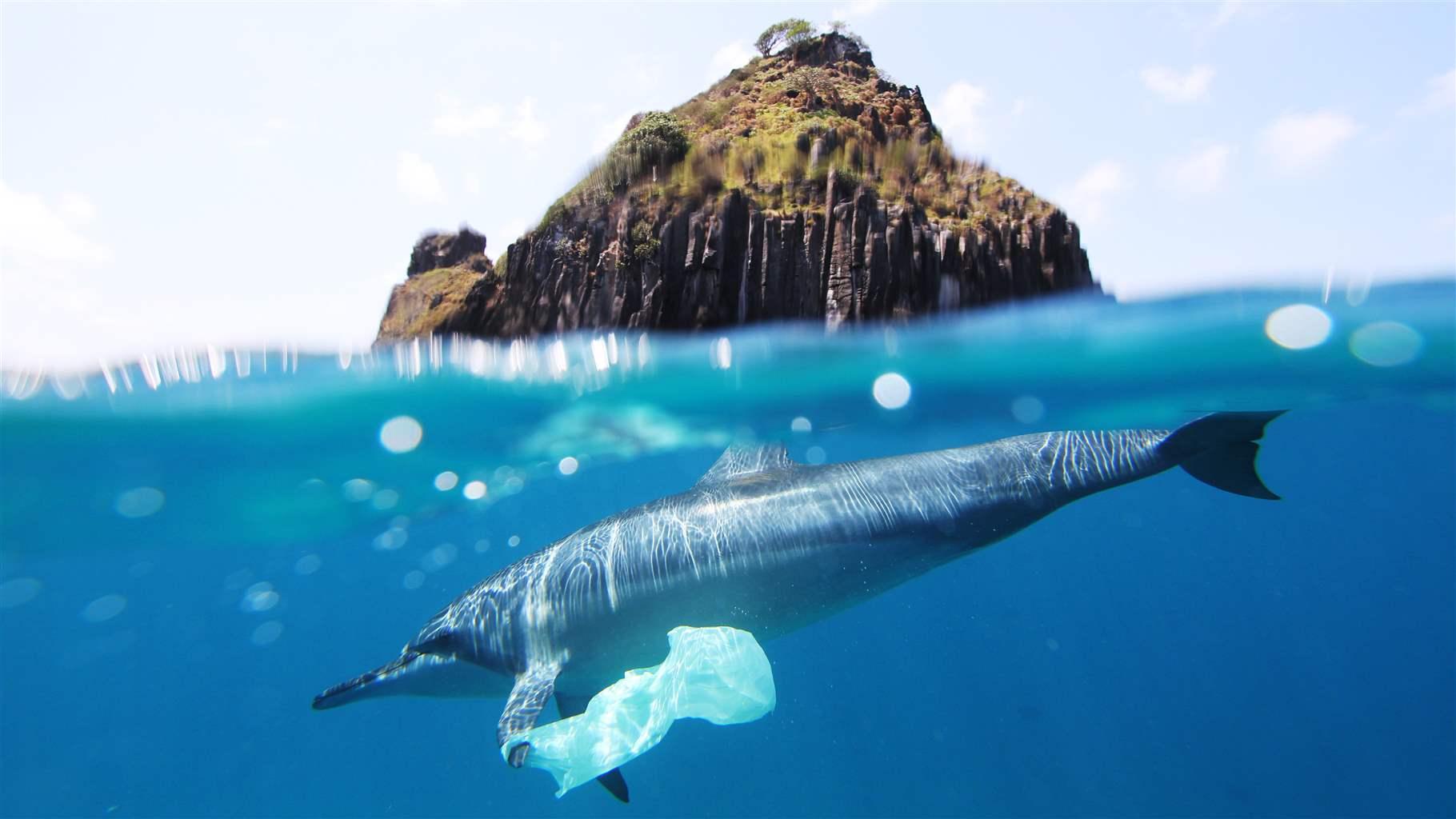
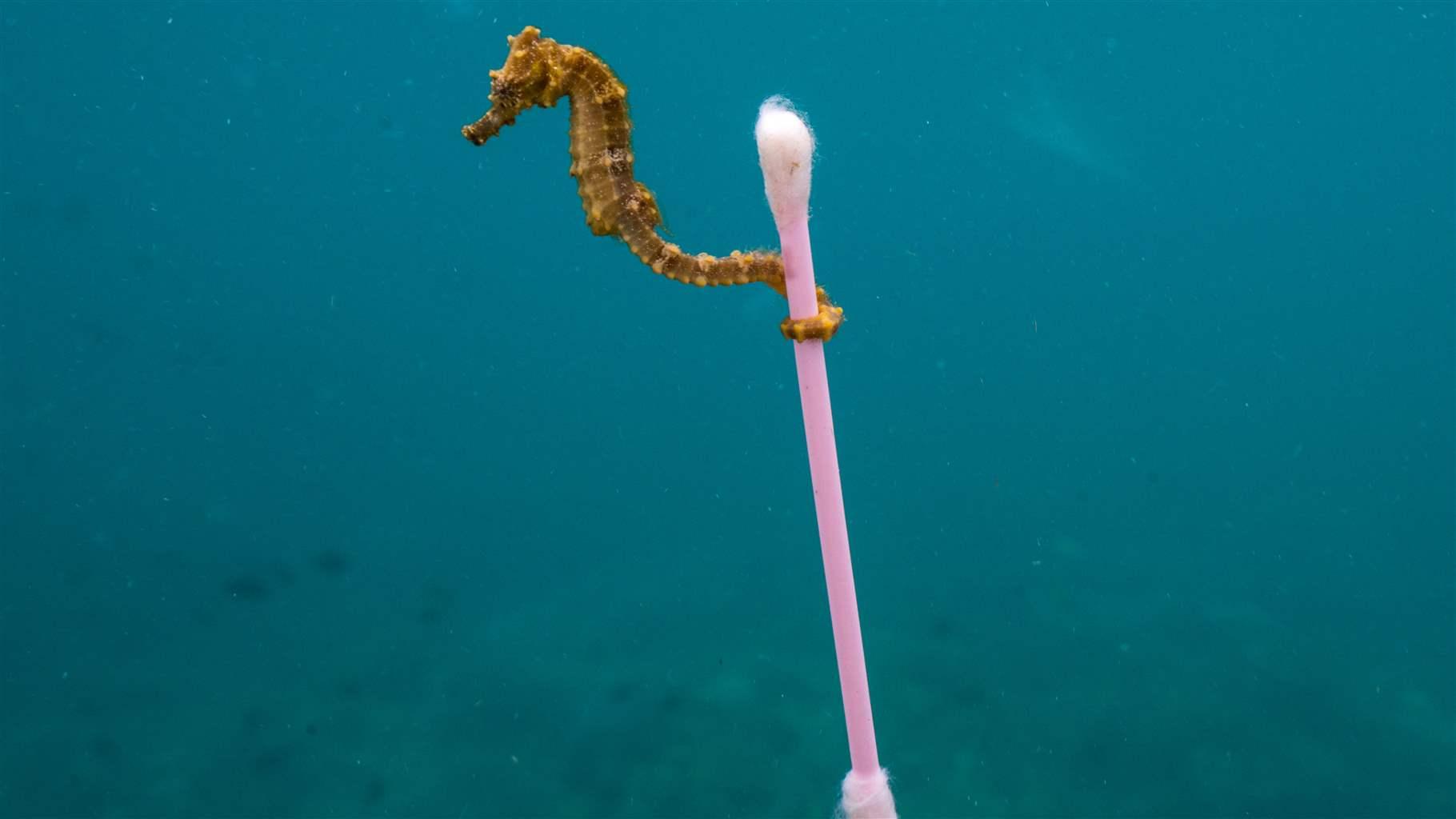
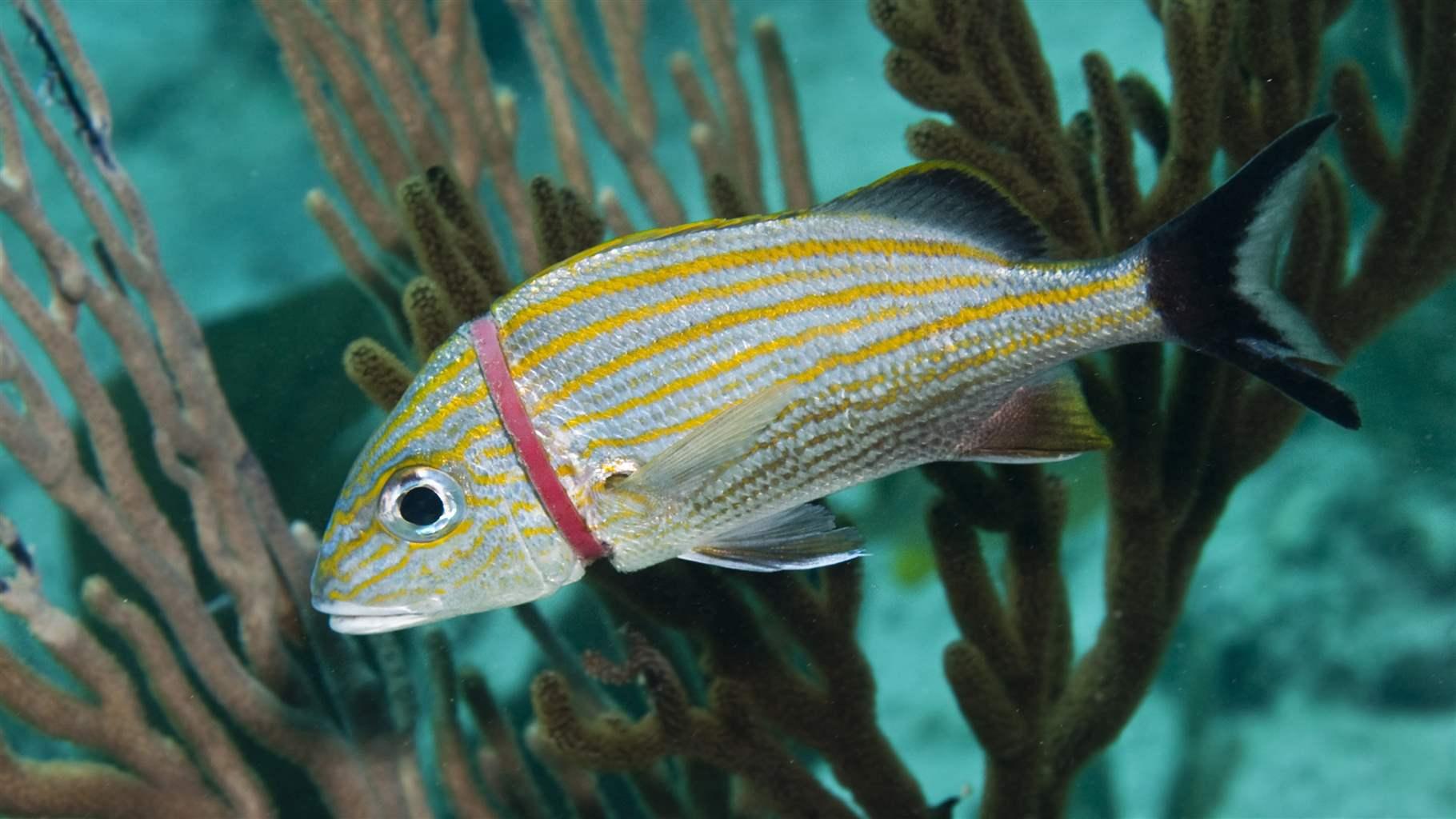
0 Response to "How Many Animals Die From Trash In The Ocean"
Post a Comment